
The Fisherman's Crow, by Tony Fitzpatrick, 1993. Museum: Art Institute of Chicago, item no. 2011.1030
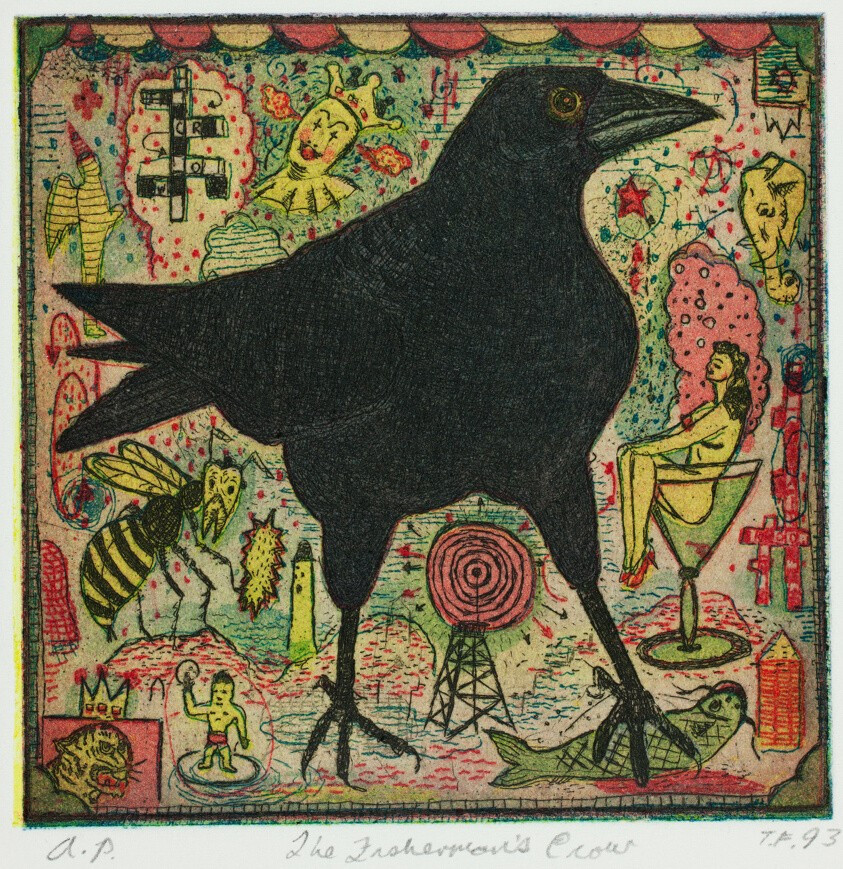
April 20, 1653: Oliver Cromwell leads armed men into the Commons Chambers and dissolves the Rump Parliament. "You have sat too long for any good you have been doing lately...in the name of God, go!" Dutch satirical print, 1653. British Museum, item no. 1862,0208.21.1-2

It’s after six and I’ve got the entire Forum and Markets of Trajan to myself. (Open until 7:30 PM). I feel like a Senator or something after a plague.
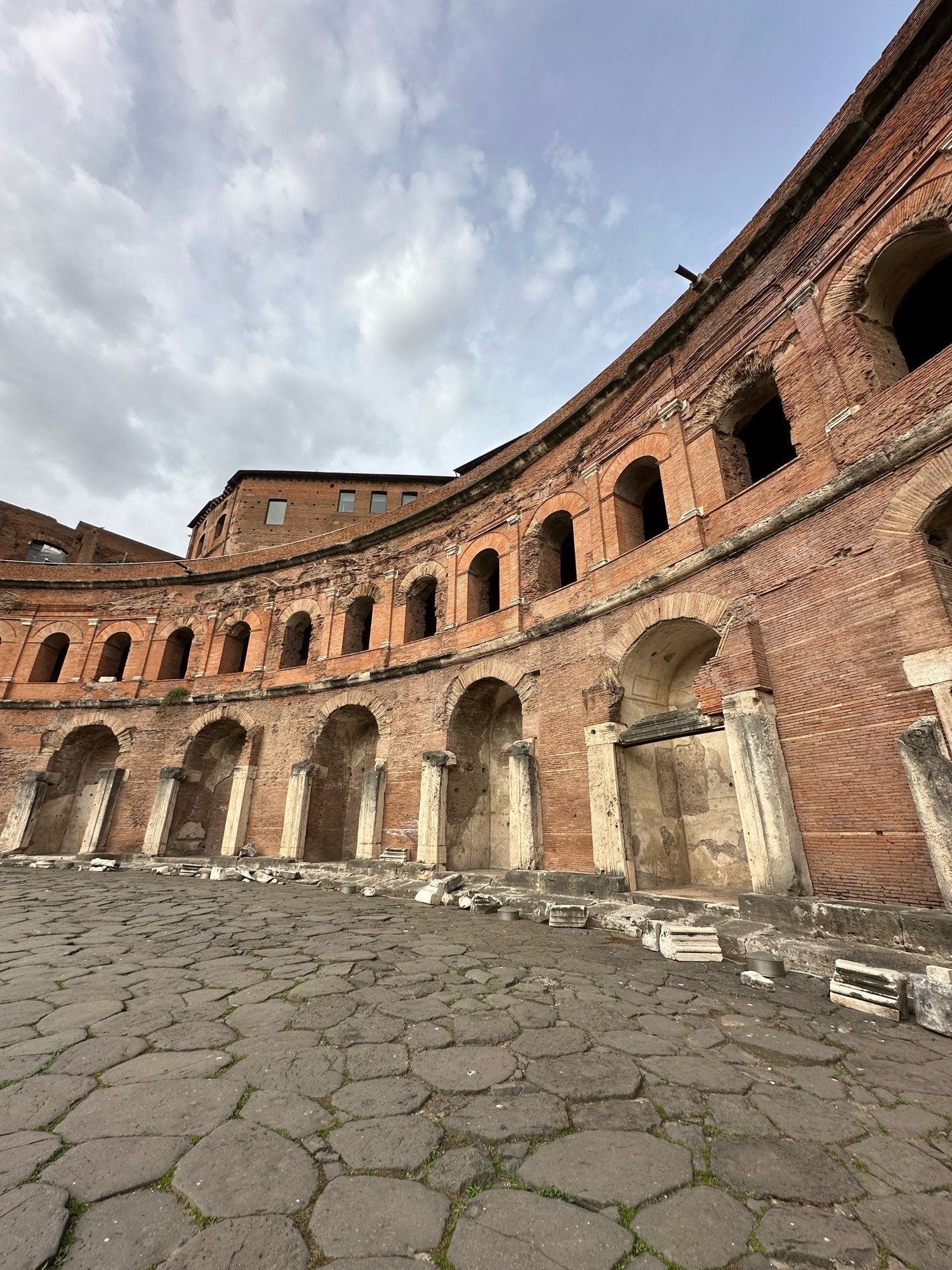
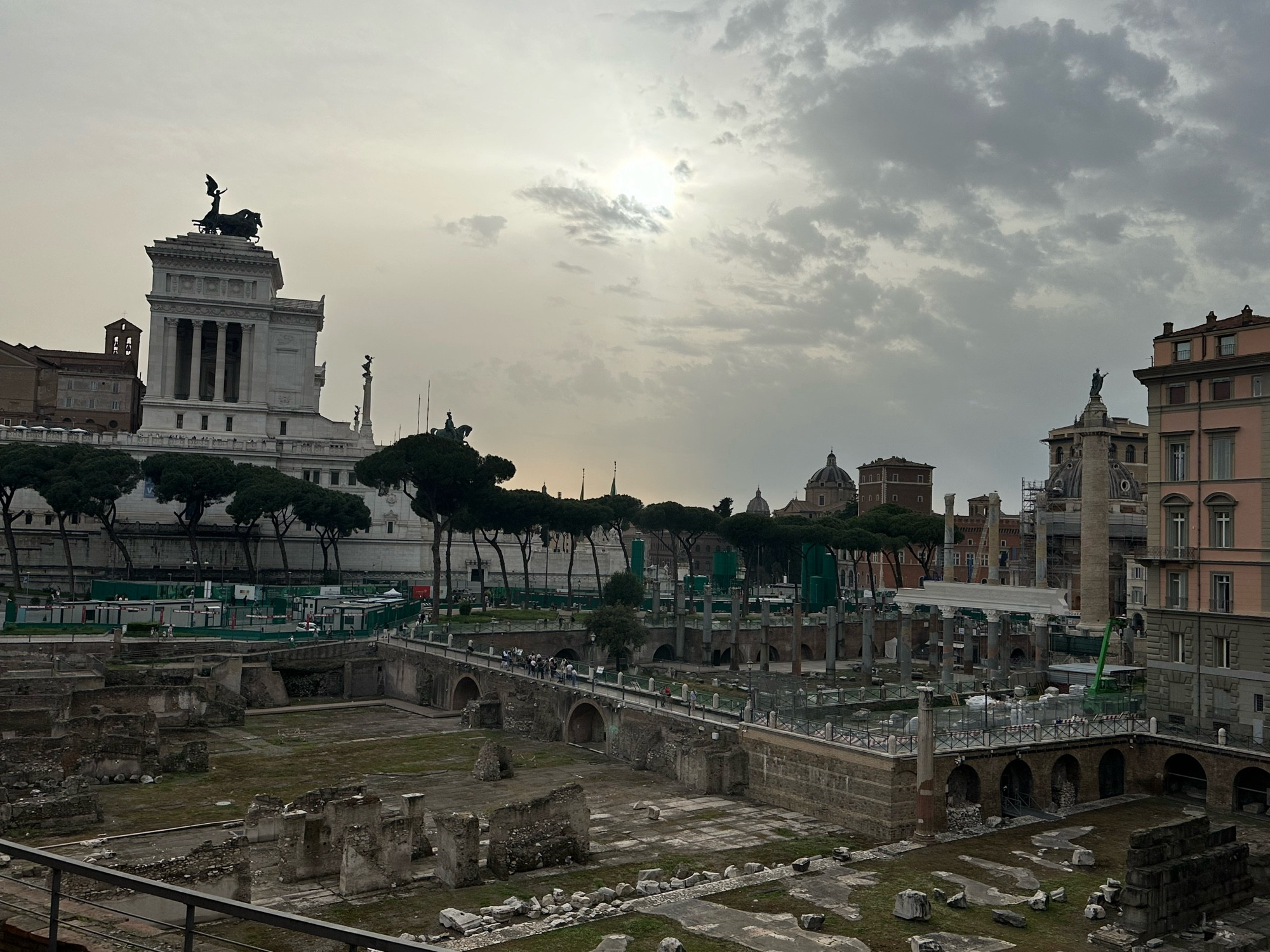
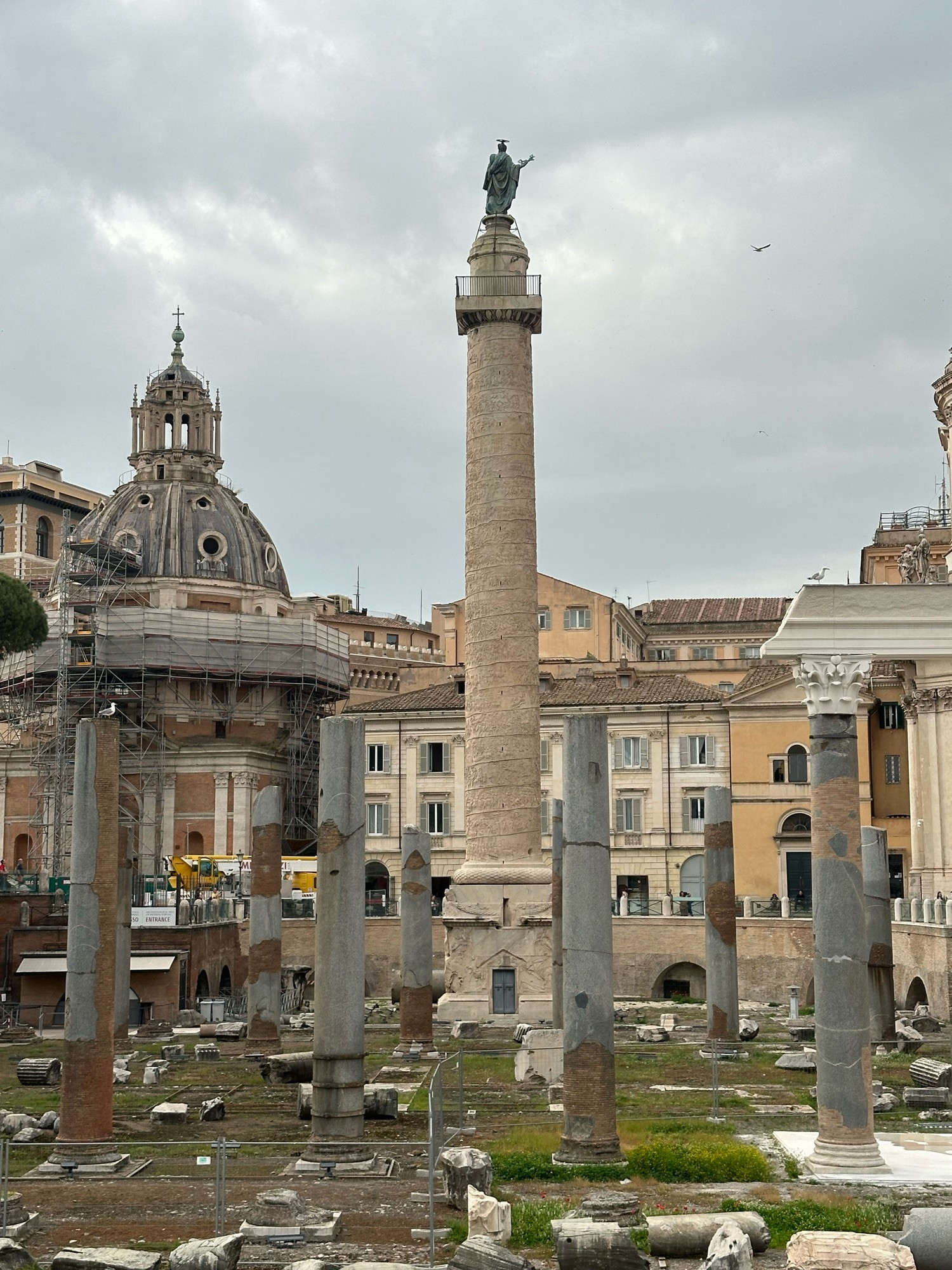
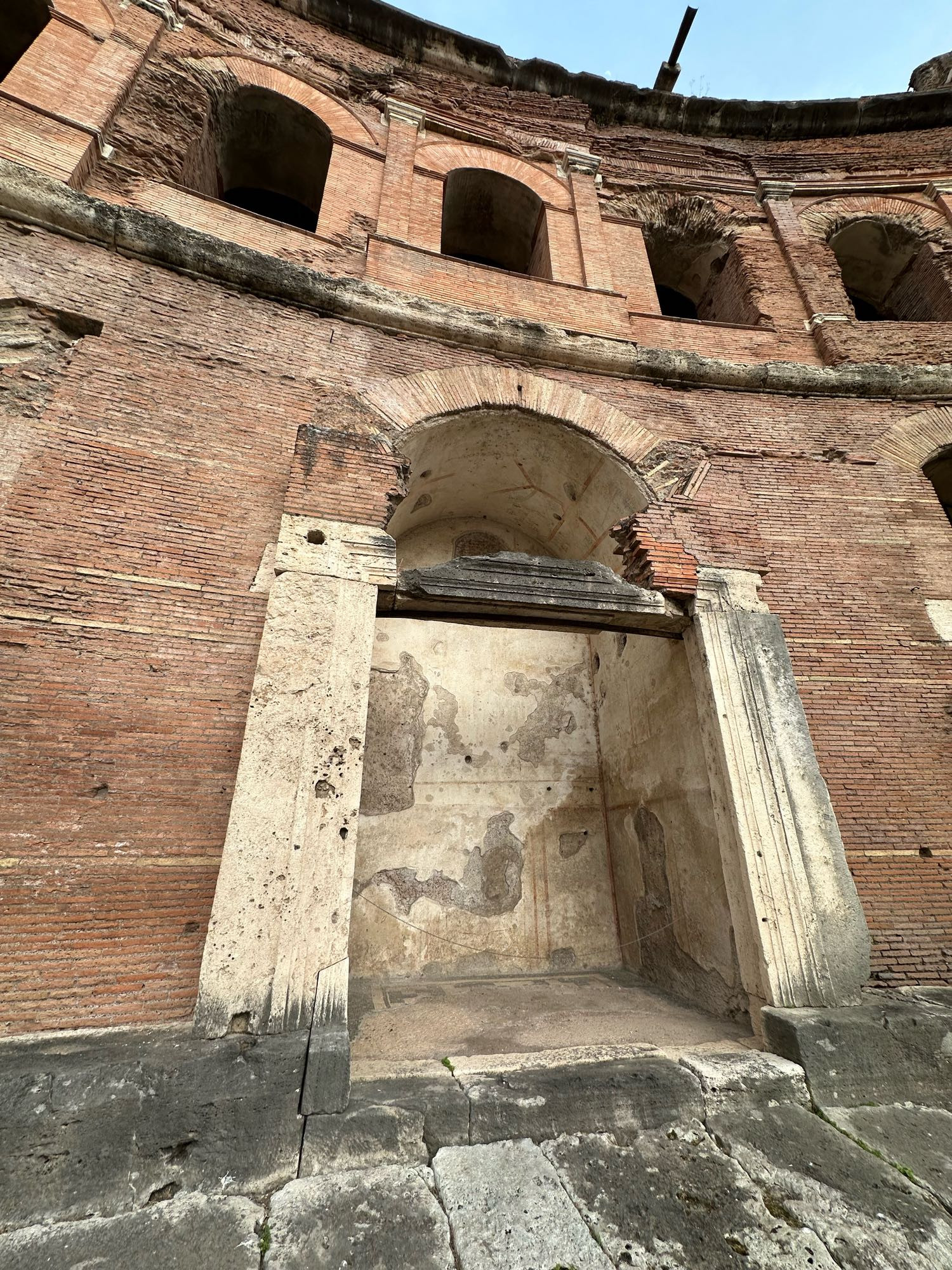
Congratulations to the happy couple, and remember you are dying. The wedding portrait of William and Joan Judde. England, c. 1560. Above the skull you can make out the inscription WE BEHOWLDE OWER ENDE. More inscriptions in caption. #EarlyModern 2/2 Dulwich Picture Gallery, item no. DPG 354

Customs change, and marriage ceremonies used to be a bit somber. An English gold engagement or wedding ring, c. 1550-1600, with an enamel death's head and the inscription: BE HOLDE THE ENDE. #EarlyModern (Would also be smashing at a modern goth wedding!) 1/2 V&A Museum, item no. 13-1888
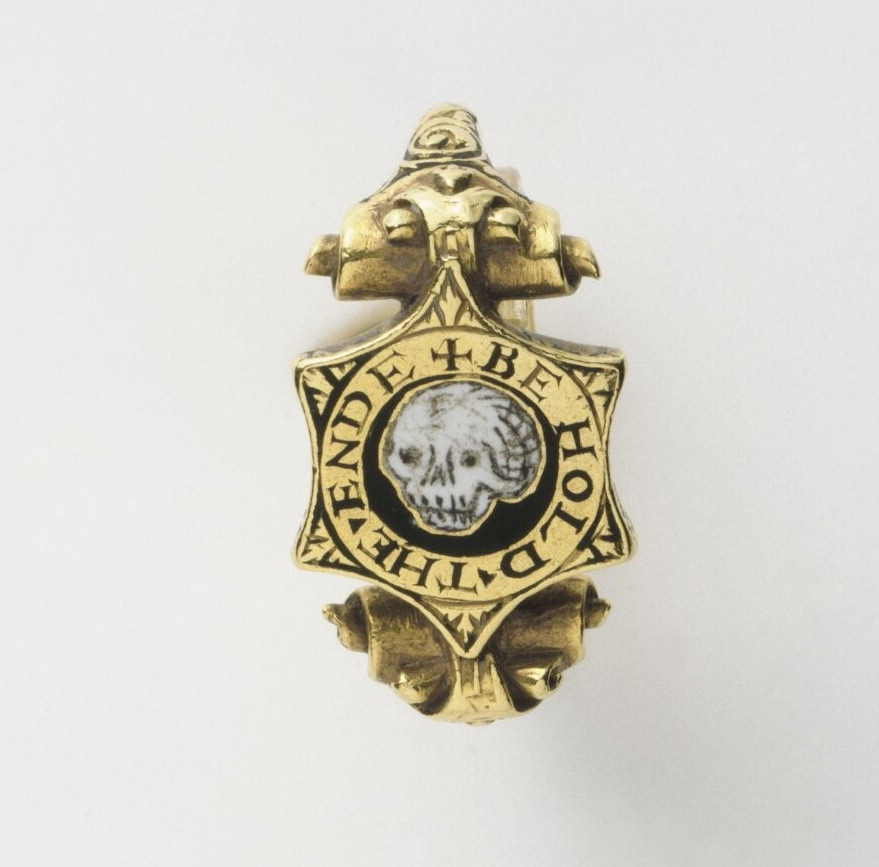
A portrait of Sir Francis Drake wearing the Drake Jewel at waist level. By Marcus Gheeraerts, 1591. Drake was technically the second man to circumnavigate the world, but the first one to return home from the voyage alive. 2/2 #EarlyModern National Maritime Museum, Greenwich, item no. BHC2662

The Drake Jewel, a pendant made by Nicholas Hilliard c. 1580-1590. There's a cameo on the front, and the reverse opens to reveal a portrait of Queen Elizabeth I. Given to Sir Francis Drake, possibly by Good Queen Bess herself. V&A Museum, item no. LOAN:MET ANON.1-1990 #EarlyModern 1/2
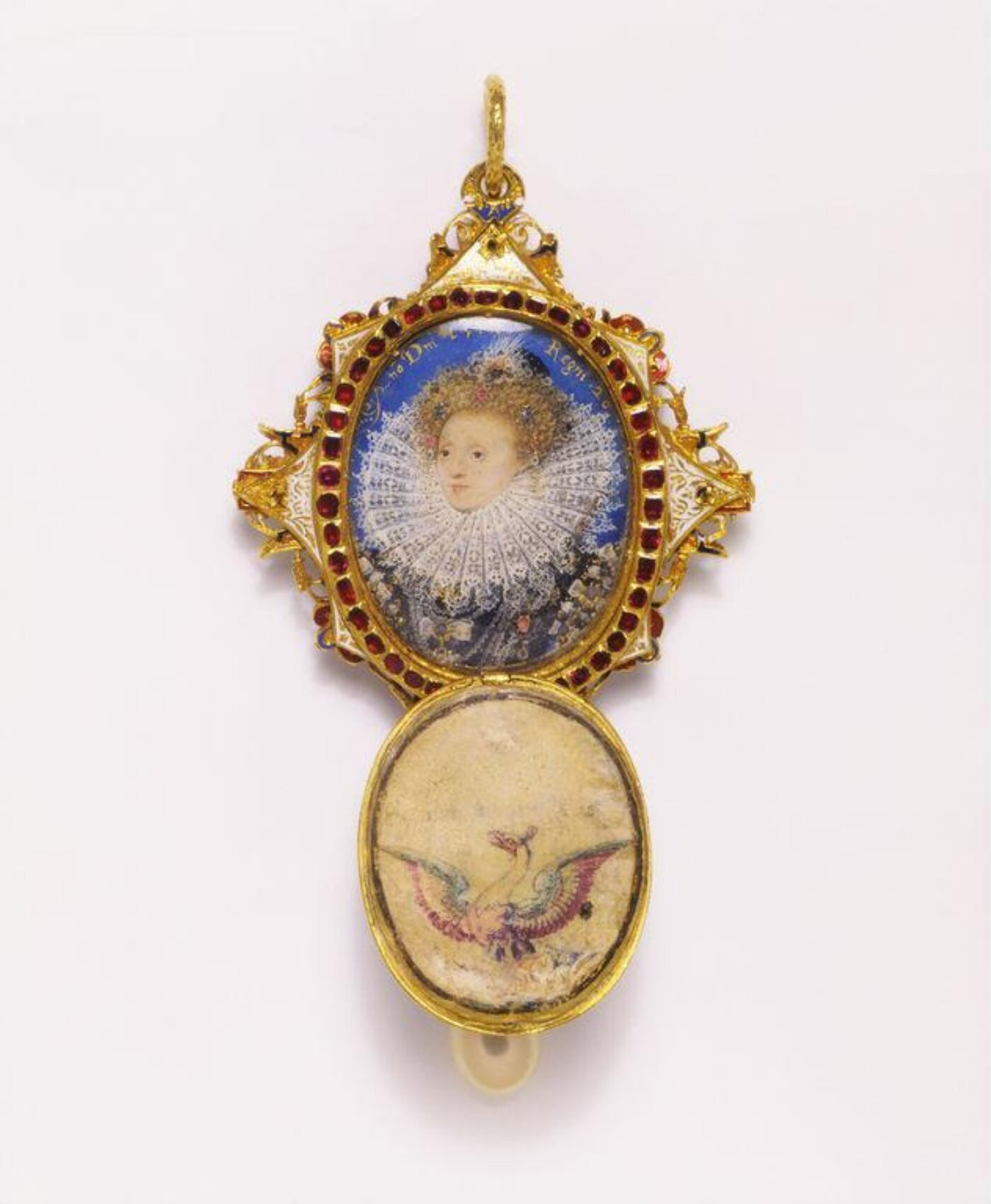
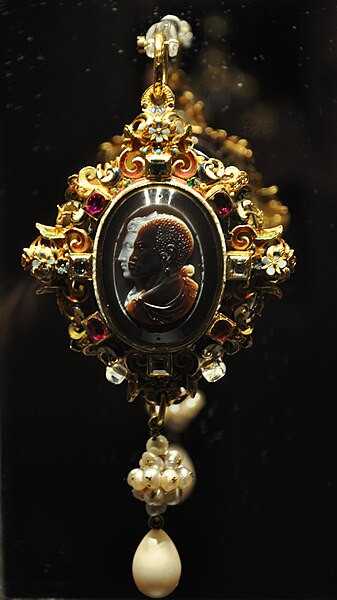
There was at least one royal clerk present at the Battle of Towton (someone needed to take notes!), he lived and made a claim for the loss of money and a book on the battlefield. He received £30. 3/3 UK National Archives, E 404/72/1/26.

A 15th century gold signet ring, found at the site of the Battle of Towton. It has inconclusively been linked with Henry Percy, 3rd Earl of Northumberland (Hotspur's son), who was killed in the battle. 2/3 British Museum, item no. AF.771
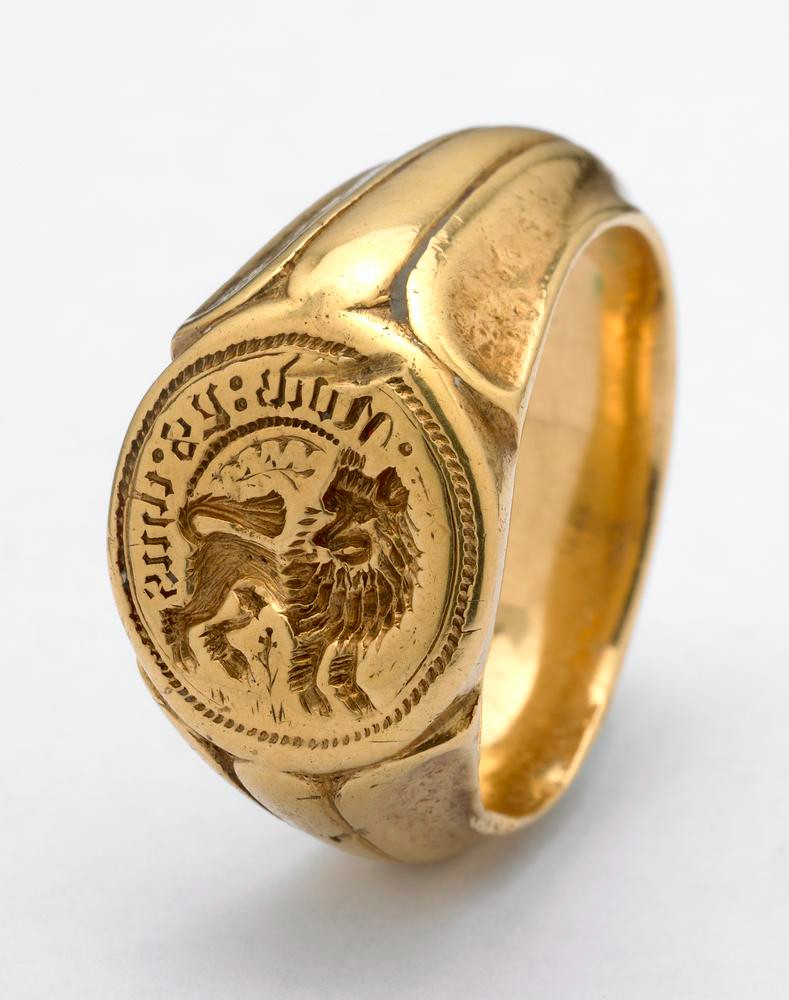
March 29, 1461: The Battle of Towton in the first phase of Wars of the Roses, perhaps the bloodiest battle ever fought on British soil. Raise a glass to Towton 25, a longtime warrior with previous healed wounds who saw his last battle that day. 1/3 medievalarchives.com/2011/01/19/t...

The soldier now known as Towton 25 had survived battle before. A healed skull fracture points to previous engagements. He was old enough—somewhere between 36 and 45 when he died—to have gained plenty…
